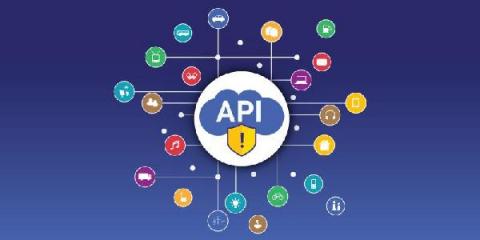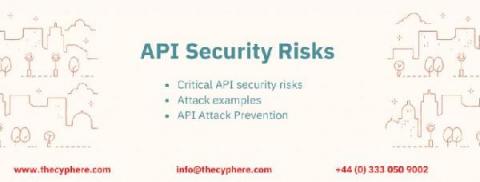Tips for Implementing Privacy by Design
As builders of software we like to talk about user-centered design. We put ourselves in the mindset of the person using our app, service, or product. Successful user-driven companies bake this process into every part of their software lifecycle. It doesn’t stop at the initial research. Every decision is paired with the question: What about the user? The same approach can be taken when building with privacy in mind. The notion of Privacy By Design (PbD) does that.






